The more diverse the methods of learning and teaching in the classroom, the more effective the learning becomes. Generally, it can be observed that in a single day, the activities and tasks that children engage in are endless. Likewise, there is no limit to the methods through which children can be taught. This article explains how one such activity—observing pictures with interest—can be used as a tool for language instruction.
Simple Picture and Complex Picture
In primary classrooms, pictures and picture stories are excellent tools for learning a language. Even in the context of learning a second language, regardless of the class level, they are equally effective. Here, “pictures” refer to simple ones with a single object. For example — a picture of a mother, a flower, or a snake. “Picture stories,” on the other hand, are more complex. They contain dense subject matter and can be used to expand topics and build stories. This difference can be seen in the pictures given below.

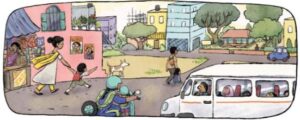
Depending on the child’s age, grade, and intellectual level, both types of pictures can be used in language learning. Children perceive pictures in ways that match their age, emotions, and experiences. Whatever the case, pictures are excellent tools for children learning a language — to observe, respond to, react to, and speak about. They are equally useful for teachers, serving as effective tools to engage in dialogue with children and teach language.
Stages of Language Learning
The first step in language learning is learning words. It is worth noting that, in the beginning, these words are mostly nouns. The language being learned may be the first language (mother tongue, regional language) or a second language (English, Hindi, etc.). In any case, the journey of language learning begins with nouns, then moves on to verbs, followed by phrases or simple sentences made up of nouns and verbs, then short narratives — coherent or otherwise — and finally, well-structured narratives. This can be observed in a child at home or in the neighborhood who begins to speak and gradually develops their speaking ability.
Using a Simple Picture
Now, let us turn our attention to the two pictures mentioned earlier. The first picture is of a bridge. The teacher shows the picture of the bridge and asks the students to name it. The children look at the picture and say the word “bridge” aloud. At the same time, they also look at the word written below the picture. They learn to recognise the word along with the picture. This reading does not require prior alphabet learning — just as they identify the picture by looking at it, they identify the written word by looking at it.
There is a subtle point here: the bridge here is not just an image. The written word is also an image — a sound-image that brings to the forefront the child’s memory of the bridge. The letters that make up the word represent the sounds in that word. Gradually, children also begin to grasp the letters that represent specific sounds.
In the picture of the bridge, there may be elements like the pillars, the railing, and so on. Initially, the child starts with the word “bridge”, and then may go on to name other objects (parts of the bridge). If the child is encouraged to talk about the bridge, they can connect details from their memory and experience. In this way, the teacher can guide the child toward expanding the description of the picture.
Questions such as “Where have you seen a bridge?”, “Was it a big bridge or a small bridge?”, “Was it built over a river or over a stream?” can help lead the conversation forward. In the case of second-language learning, if the learners are in the 5th or 6th grade, the guiding questions can be made more complex, appropriate to their age.
The flashcards used in classrooms to teach words are of this kind. By looking at the pictures, naming them with the corresponding word, the child is gradually led towards reading only the word. Whether or not the child has been formally taught letters is irrelevant here. This is a meaningful process through which a child can read a word even without prior alphabet learning. Just as they begin to read pictures, they also start reading words and building their meaning. By associating the letters needed to represent the word’s sounds, the child moves towards writing it. For many children, formal alphabet learning can feel meaningless and monotonous; here, however, writing becomes a meaningful and engaging process.
It is worth noting that a child’s initial reading always begins with pictures. When reading pictures, the image represents everything the child already knows about it. While discussing the picture, it is important that the conversation allows the child to express everything they know about it, and that the process also gently expands on that knowledge. This supports the development of the child’s language abilities.
Using Complex, Content-Rich Pictures
The second picture is rich in objects and themes. Show this picture and ask the child to observe it slowly. First, if you ask what is in the picture, they can give you a long list of people and objects. For example, the son of a friend of mine, named Advay Tejaswi, in June he joined the first grade. In the school he attends, formal literacy training is not introduced at the very beginning, nor is there emphasis on writing in grades one and two. Even during LKG and UKG, he was not subjected to rote writing drills or alphabet practice. In his school, giving children opportunities to talk and encouraging them to speak is a priority. Both in his school and at home, he is surrounded by picture books and various children’s books. By “reading” the pictures in these books and decoding the simple words and story sentences, he has naturally acquired reading and writing skills. Looking at the picture above, he compiled an impressive list of 30 nouns:

Here, once the children have looked at the picture and made a list of words, the teacher has the opportunity to create a word bank and a list of simple sentences from those words and give them to the children. Teachers familiar with the concept of integrated reading can handle this task exceptionally well. When done this way, the objects in the picture help not only in identifying and naming them but also in encouraging the children to make an effort to write. This way, even children who have had no formal alphabet training become readers!
Next, if you ask what is happening in the picture, the child can name a large list of actions—verbs describing the activities. For example, the actions or tasks that can be identified in the picture, along with their verbs, might include: hold and pull hands, ride a scooter, get off the van, point with hand, hold hands, walk on the road, dog is standing, sit inside the van, hang the school bag, eat snacks, look at the dog, greet with a namaskara, and so on. If you prepare a flashcard list of these as well, they become excellent reading verbs. In the context of the picture, the child will understand their meaning. There is no need to give definitions or synonyms!
Looking at the above picture, the child can combine nouns and verbs to say many phrases or sentences. For example, here are a few: The boy is pulling his mother’s hand. The mother lets go of the scooter. The uncle is driving the van. The boy is pointing at the dog. The father is holding the girl’s hand. Two people are walking on the road. People are sitting inside the van. A car is going along the road. The dog is looking. An aunty is at the shop. The aunty sells snacks. Children are going to school, and so on. If you prepare a flashcard list for these sentences too, they can also serve as excellent reading material. Children don’t need to have learned letters to read these!
After that, they can join sentences—whether logically connected or not—and speak them out. For example, a set of unrelated sentences: There is a dog in the picture. The father is holding the child’s hand and taking him to school. There are people inside the van, and so on. Children, in groups, can enthusiastically make such sentences on their own, each one trying in their own way.
From Word to Narration
Finally, the child can build coherent narratives. The teacher can say, “Look children, school has started now. Today is the first day. What is happening in this picture? Tell me.” For example, the children may construct a nice narration or story like this:
“Today is the first day of school. The school is visible in the distance. A father is holding his daughter’s hand and walking her to school. A boy holding his mother’s hand is tugging her along, wanting to reach school quickly. His eyes are on the dog standing in the street. ‘Mum, is it also coming to school?’ he might be asking. There are trees around the school and also a playground. Can we play there?”
Teachers can prepare short reading passages based on the picture. These will appear attractive to children, and they will naturally be drawn towards reading.
Here, the story picture becomes a rich resource for the child — offering words, phrases, and, gradually, the material and motivation needed to build coherent narrations or stories. The stages of reading a picture should be seen as a journey unfolding over time. All of this does not happen at once. The process of reading the picture, understanding its meaning, and connecting it with one’s own experiences is a gradual journey — one that steadily nurtures and expands the child’s intellect.
It need not stop there. Over time, by continuing with picture reading and narration, the child can be gently guided towards narrating their own personal experiences. This is when the child’s creativity begins to blossom. The child then starts to remember, imagine, form connections between different ideas, and independently construct concepts. All of these are significant milestones in language development — steps that also advance the child’s overall creativity along the path of language learning.
The Non-stop Path of Learning
What can be done next? To guide the child along a non-stop path of self-learning, could we do something like this? For example, could we build dialogues based on the present scene? Could we enact this scene? Moving ahead, for instance, on a certain day, at a fair, a festival, a celebration, a bus stand, or a market — could we ask, “What do you see? What do you hear? What smells do you notice?”
Fairs, festivals, and similar occasions are places rich in objects and experiences. One could ask the child to touch and explore different things and describe them; to taste various fruits, vegetables, snacks, and sweets, and then explain their flavours.
Making the child experience something is education — and enabling them to express what they have experienced in words is the kind of education that nurtures their intellectual growth.
The key point is that only when learning happens in context and through experience will language — that is, the content — truly reach the brain, and from there be produced and expressed! Pictures are an excellent tool for helping a child see what meets the eye, experience it, and then build words around it.
Should we make the child win? Or make the child lose?
Learning will continue only if reading is meaningful to the child — whether it is reading a picture or reading written text. When reading or writing loses its meaning for the child, that is when they fall behind in learning. A lack of engaging learning processes makes it dull and lifeless.
If you want to make a child lose, just tell them to do exactly what they’ve already done! “Write that again – write it 10 times; write it 20 times!” Unfortunately, this is what much of today’s classroom process has unknowingly become — write only what has been written, read only what has been read, listen only to what has been heard, and say only what has been said! Doing the same thing over and over is drudgery — not just for children, but for adults too!
- Originally Written in Kannada by Ramakrishna Bhat
Originally written in Kannada, this article was first published in the Anubava newsletter of the Deenabandhu Trust, Chamarajanagar. It is now presented here in English translation to reach a wider audience.
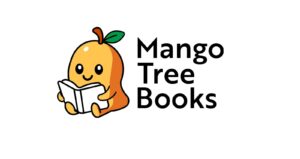
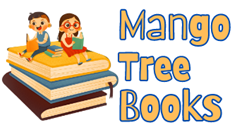
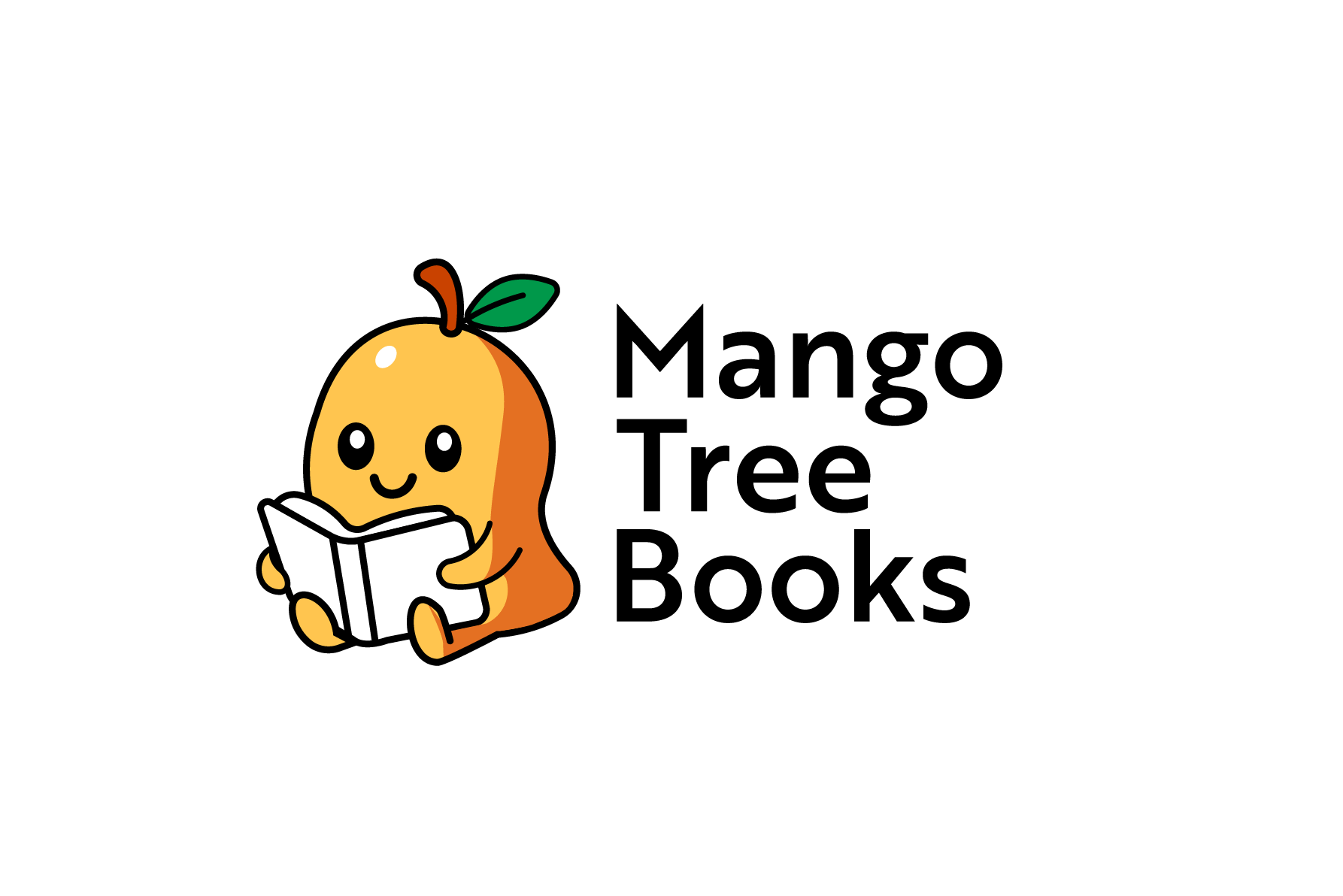

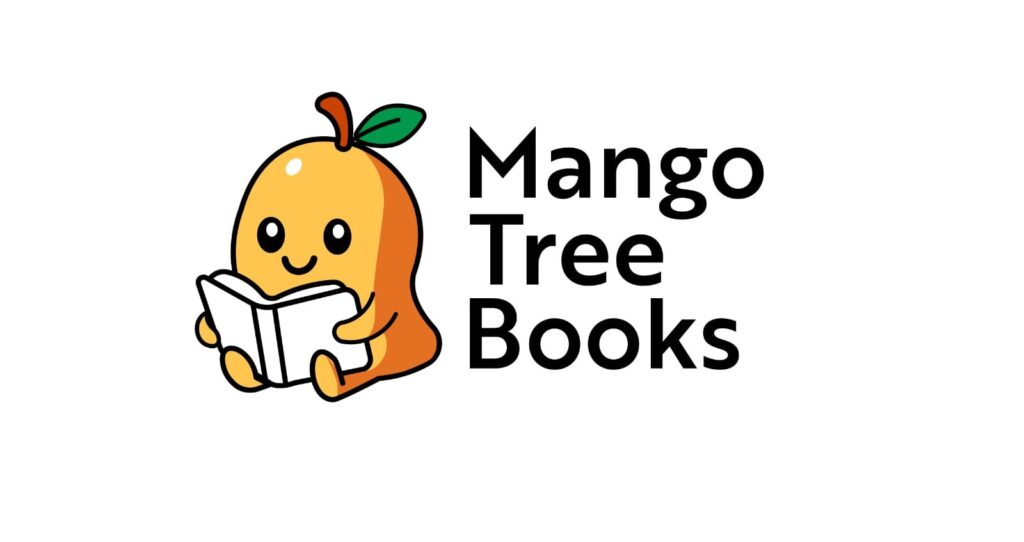
1 Comment
Strong, practical content. With tighter phrasing, skimmable formatting, and a punchy conclusion, it will read faster and land stronger with busy educators.